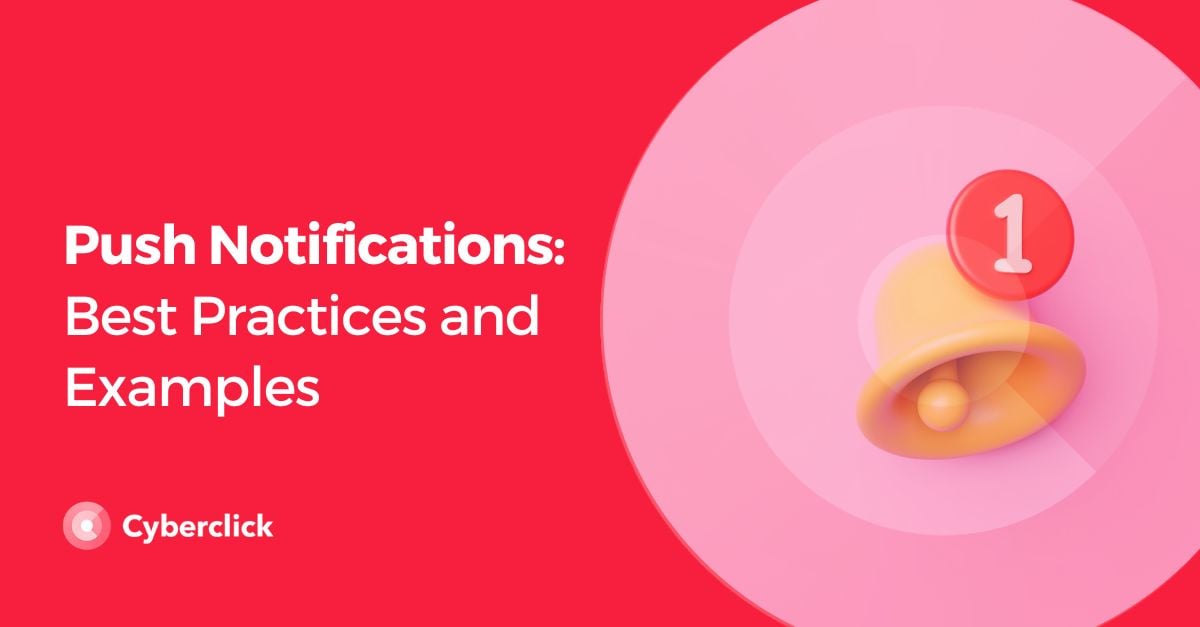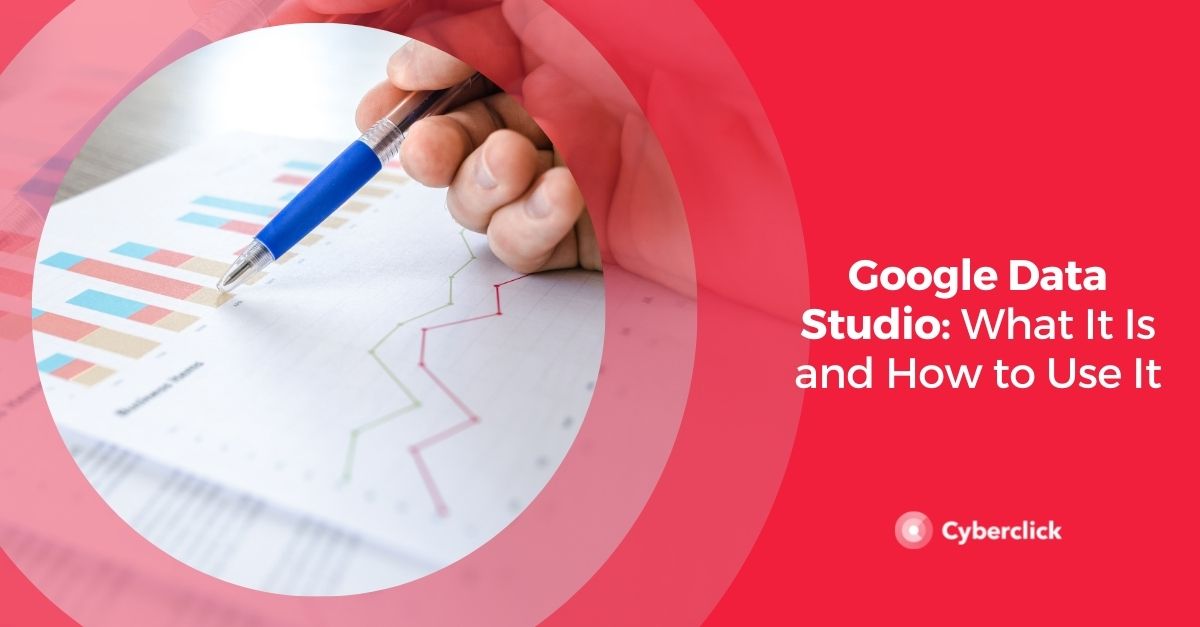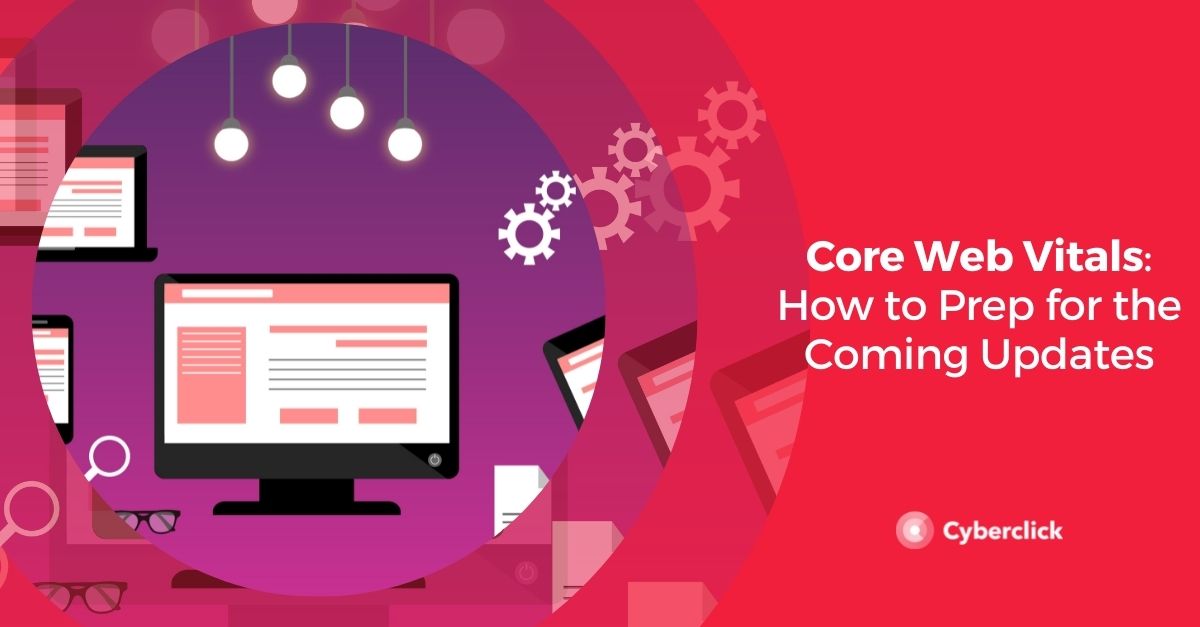Push notifications are a valuable tool in marketing strategies when used effectively. They allow for clear and direct communication with users. But what exactly are push notifications, and how can they be optimized for great results?

What Are Push Notifications?
Push notifications are alert messages that appear automatically on a user’s screen. Typically, these notifications appear when accessing a web page or activating an application. They provide information that may be relevant to the user, increasing the likelihood of engagement and click-through.
How to Properly Use Push Notifications
The primary objective of push notifications is to increase engagement and click-through rates. It’s crucial to make the alerts visually appealing and attention-grabbing while delivering relevant information to the user.
Push notifications have been proven to:
- Increase web traffic
- Increase conversions
- Enhance the relationship between the brand and the customer
- Increase and improve brand reputation
However, if used improperly, push notifications can have negative consequences. Users may disable them, leave the website, or close the app due to frequent, invasive, or annoying alerts. It's essential to offer important and relevant information, such as new product launches or limited-time offers. Additionally, tailor the presentation of the notifications to align with your marketing objective(s), carefully selecting the message elements.
Respecting the user’s privacy is paramount. Consider the timing, size, and placement of a push notification to ensure it feels and unobtrusive.
10 Push Notification Examples
In order to make good use of push notifications and obtain good results, below are some successful examples.
1. Discounts and Limited Time Offers
Some of the most frequently used alerts are those that inform people of a discount or an offer that is time sensitive. Although this type of notification should be used with some caution, since words like discount and offer can be perceived as spam, it can be very effective and generate good results when used properly. It is also important to remember that if an alert with the same type of discount or promotion always appears on a web page or within an application, the user will lose interest in that message.
Booking is a good example of this, as it sends alert messages or push notifications informing users who have searched for its mobile app of existing discounts. For example, if it detects that a user has searched for hotels in Paris and has not made a booking, it will send a "Book now, and we'll give you 10% off" type of notification.
Groupon is another example, as it sends push notifications to users informing them of last-minute deals that they can take advantage of.
2. Application Usage Reminders
It is also common to receive notifications or alerts from applications that do some kind of daily, weekly, or monthly tracking. In this case, the main objective is to remind the user to add specific information so that tracking can be performed. This is very common in app designed to track expenses or sports performance.
Normally in this type of app, messages such as "Do you want to add information?" are used and the intention is to invite the user to participate in a friendly and respectful manner.
3. Recommended Content
Another frequent type of alert is one that offers articles or publications with content may interest the user based on their previous actions and searches. These can also be alerts that inform people of a recent publication related to a topic they were interested in.
This type of push notification aims to generate web traffic and visits.
Example: “Check out this article related to your recent search!”
4. Informative Reminders
People also appreciate receiving notifications that provide information without requiring specific actions. Certain devices, like sports watches, alert users when a particular action or milestone has been achieved. For instance, these notifications can indicate when a certain step count has been reached, when heart rate exceeds a certain threshold, or a when specific duration of continuous physical activity has been completed.
Although the brand may not directly benefit from these push notifications, they serve as a means to foster user loyalty by providing relevant information related to the user's physical health. These notifications build a positive brand image and reinforce the brand’s commitment to users’ well-being.
Example: “Longest move streak!”
5. Notifications to Perform a Recreational Action
It is also very common for video games or recreational applications to send notifications. In this case, the frequency should be lower than in other applications since the app is designed exclusively for entertainment, so the user should never feel obliged or pressured to stop what they are doing.
Example: “Your energy is fully restored, ready to play again?”
6. Updates to Improve User Experience
Applications, software, and devices send push notifications to users to inform them of their status and whether there is an update that could improve their experience. In this case, it is usually a direct message, informing them that there is an updated version of something, that an app or software program has a new version or new features, etc.
It is very important that these types of alerts are not recurrent since no ones likes to be continually updating a device, software, or application. This means that there should be a gap between modifications.
Example: “Discover new features in our latest app update!”
7. Requesting Information
Many companies use push notifications to ask users for certain information, such as completing a satisfaction survey or a form with personal data. Sometimes, the user is offered something in return, such as a discount, access to an article or publication, or some other benefit.
The success or failure of this type of alert will depend greatly on what the user is offered in return and how it is presented. This means being very persuasive in your message.
Example: “Complete our survey for a chance to win 20% off!”
8. Personalized Attention
As a brand, it is very important to make people see that, behind the web page or application, there is a team of people ready to help and advise them in case of any problem or question. Push notifications can be used to provide this information, including anything from a phone number to a link to the help center.
Example: “Need help? Reach out to our support team”.
9. Appointment Reminder
Transactional messages are also often a good reason to use push notifications. To ensure that they will read it and not close it automatically, it is important that it is brief, clear, and concise since the message is informing them of an appointment that is surely important to them.
It is very common for this type of alert to be used by banks or medical centers where the message usually contains the name and surname of the person in question to make it more eye-catching.
Example: “Don’t forget your appointment tomorrow at 3 PM.”
10. Information About Your Orders or Procedures
Finally, a push notification can also be used to inform someone of the status of their order or procedure. This type of information is highly valued by customers, as they feel that the brand cares about them.
Example: “Your order has been shipped and will arrive on July 28th.”
When used thoughtfully and strategically, push notifications can be a game changer in your marketing efforts. Following these examples and guidelines, you can optimize your push notifications to boost user engagement, brand loyalty, and overall success. Remember, relevancy and respect for the user experience are key to making the most of this tool.
Key Account Manager Engineer en Cyberclick. Experto en desarrollo de aplicaciones web e integraciones entre sistemas con más de 10 años de experiencia. Cuenta con una licenciatura en Matemáticas, Ciclo Formativo de Grado Superior en Desarrollo de Aplicaciones Informáticas y Ciclo Formativo de Grado Superior en Desarrollo de Aplicaciones Multiplataforma.
Key Account Manager Engineer at Cyberclick. Expert in web application development and system integrations with over 10 years of experience. He holds a degree in Mathematics, a Higher Degree in Computer Application Development, and a Higher Degree in Multiplatform Application Development.






Leave your comment and join the conversation